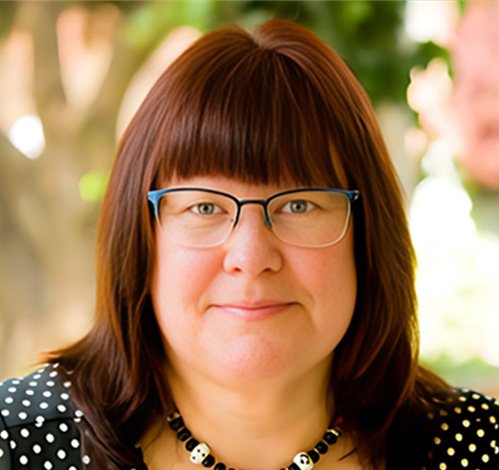|
|
Last Modified on Jul 12, 2021
Was the divorce rate ever really 50%?
One of the most quoted statistics is that 1 in 2 marriages will end in divorce. While divorce rates are a problematic metric to gauge due to the differing laws and the number of jurisdictions in the country, the mythical number of 50% divorce rates was never true. So, where did it come from?
The 50% divorce rate myth started after World War II when veterans came back from war. Many of them got married very soon after their return. However, many people got married before the war, just before they shipped off to war.
As fast as the marriages were happening, they also started to end in divorce. Many of the weddings from before the war didn’t last, and many ended soon after. Even the unions that took place shortly after the war, after years of love letters, the stress of war, and the possibility of loss, started to break up rather quickly. The stress of returning to civilian life, the traumas of battle, and the realization of not being in love all worked against this marriage boom.
The rate of divorce after World War II was found to be about 2% per year. Using wacky math that doesn’t hold up, estimates were that if marriages ended in divorce at a rate of 2% a year, by the 1970s, the divorce rate would be as high as 50%.
The truth is that math doesn’t work that way.
Divorce rates did indeed climb through the years, and divorce did hit its peak in the 1970s and 1980s. But, could that divorce rate track back to World War II? No. The 1960s was a turbulent time in the United States with the Vietnam War, leading to similar marriage promises after a soldier returned from their tour.
The late 60s also saw the summer of love and the free love movement, meant to shun traditional institutions like marriage and birth control. This movement created a direct line to the 1970s, which saw Roe v. Wade, the rise of the feminist movement, and the advent of the No-fault divorce, which started here in California in 1969 signed into law by then-Governor Ronald Reagan.
As No-fault divorce made its way through the United States, it made it easier for people to end their marriages without having to accuse or even stage adultery or move to Nevada. While divorce rates did spike in the 1970s and 1980s, they never did reach the mythical rate of 50%, with 65% of marriages lasting until at least their 15th anniversary. This number doesn’t include marriages that ended with the death of a spouse before the 15-year mark.
In the 1990s, the divorce rate started to decline, with about 70% of marriages making it to at least the 15-year milestone.
Moving into the 2000s, the divorce rate continued to decline, but so did the marriage rate again. People were waiting longer before getting married. The increased cost of living meant more people were focusing on work longer, and non-marital relationships became more common.
While divorce rates differ based on demographics such as race, ethnicity, education level, and geography, overall divorce rates continue to fall.
Then COVID happened.
It has been assumed that long-term quarantine, being stuck together in close quarters, would cause many marriages which would have otherwise lasted to break up. However, since many courts were closed to new cases, only accepting emergencies such as cases involving abuse or cases where the safety and welfare of a child were at risk, it is hard to gauge how the COVID-19 pandemic will impact the divorce rate.
Now that courts are reopening across the country, we will see the impact of the pandemic on marriages, custody, and support across the country.





